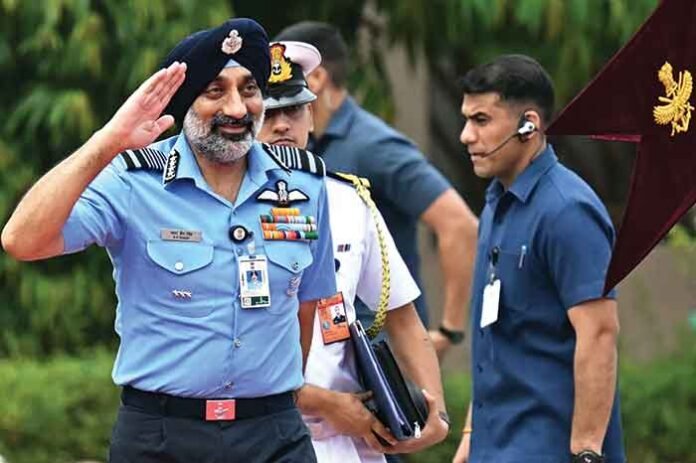RA: What are the IAF’s key modernisation priorities to address emerging threats in the neighborhood and Indo-Pacific region, and how do you plan to balance indigenous development with international acquisitions? Given the evolving geopolitical tensions, what measures is the IAF taking to strengthen interoperability with allied air forces such as through joint exercises or technology sharing?
APS: The Indian Air Force’s overarching vision is to transform into a multi-domain capable aerospace power, safeguard national interests and remain a credible instrument of military choice across the entire spectrum of conflict. Aligned with the Government’s Aatmanirbhar Bharat vision, we are steadily building a self-reliant and resilient aerospace ecosystem. Our modernisation roadmap prioritises indigenous platforms, advanced technologies and home-grown design capabilities, ensuring India meets its operational requirements while strengthening its position as a global defence player.
Crucially, we have been able to strike a balance between operational readiness and Aatmanirbhar Bharat objectives, leveraging international acquisitions such as the MRFA programme for local production, technology transfer, and integration with indigenous systems. This approach allows the IAF to derive the best of both worlds: immediate capability enhancement while simultaneously building domestic technological and industrial capacity.
This strategy is evident in our modernisation priorities:
The LCA Tejas Mk-IA programme is progressing well, with 83 aircraft contracted and an additional 97 planned, forming the backbone of our indigenous fighter fleet. Concurrently, we are pursuing the MRFA acquisition to bridge capability gaps, and supporting LCA Mk-II and fifth-generation AMCA programmes, expected to enter service over the next decade. Indigenous upgrades to the Su-30MKI fleet, alongside 12 additional aircraft, further enhance combat readiness.
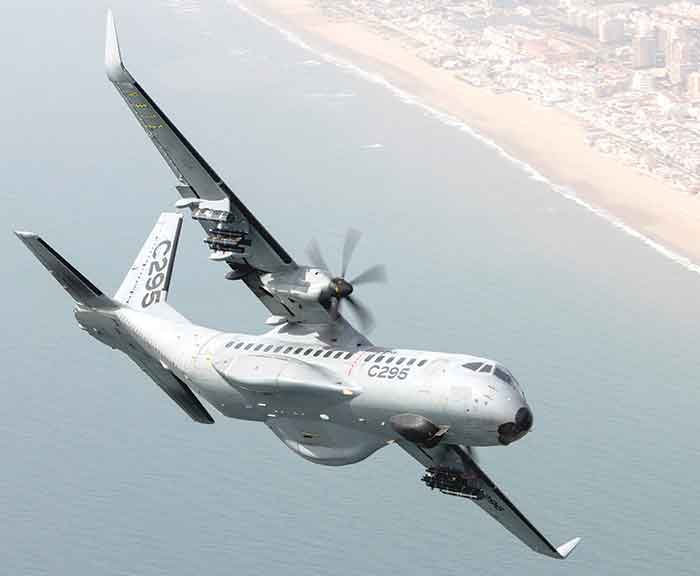
The C-295 MW programme has delivered 16 aircraft, with the first fully ‘Made in India’ C-295 slated for 2026. Plans are underway to procure 60 new Medium Transport Aircraft to replace ageing fleets, enhancing logistical flexibility and rapid
deployment capability.
Indigenous radar systems like Arudhra (MPR), Ashwini (LLTR), Ashlesha (LLLTR) and the High Power Radar—strengthen Air Defence, particularly in sensitive sectors. Mountain radars based on domestic designs are progressing well.
While S-400 has been a game changer, we are balancing the import with a host of Indian weapons. We are actively supporting indigenous projects like Akash NG, Kusha, QRSAM etc.
The Integrated Air Command and Control System (IACCS) is being upgraded for real-time, multi-domain integration. Secure Software Defined Radios (SDRs) with encrypted communications are being fielded to enhance resilience in contested environments.
Aligned with the Government’s Aatmanirbhar Bharat vision, we are steadily building a self-reliant and resilient aerospace ecosystem. Our modernisation roadmap prioritises indigenous platforms, advanced technologies, and home-grown design capabilities, ensuring India meets its operational requirements while strengthening its position as a global defence player
To address evolving geopolitical tensions, the IAF actively participates in bilateral and multilateral exercises. These engagements provide invaluable exposure to diverse operational doctrines, platforms and technologies, fostering interoperability and coalition-building. Operating alongside allied air forces allows our personnel to assimilate best practices, refine operational procedures, and gain experience in planning and executing complex joint operations. Multinational exercises also offer a platform to demonstrate the maturity and integration potential of
indigenous systems.
Collaborating with partner air forces ensures that our platforms are evaluated against diverse operational challenges, enhancing mission readiness and strategic decision making.
Through capability-driven modernisation, a careful balance of indigenous development with international collaborations and robust operational preparedness, the IAF will remain agile, interoperable and fully prepared to address emerging threats across the neighborhood and the Indo-Pacific region.
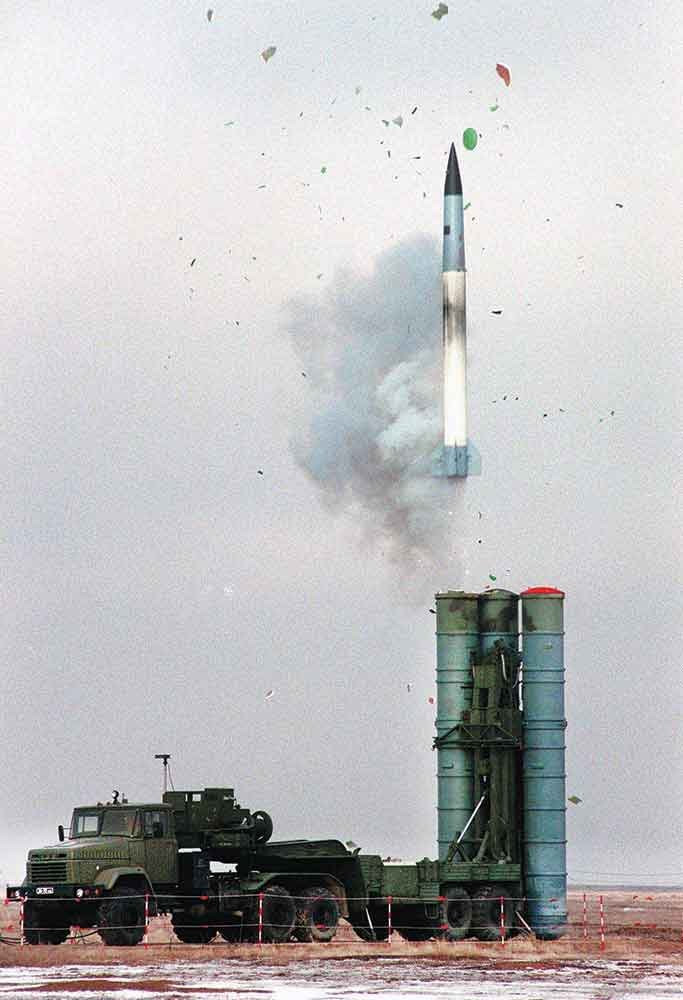
RA: In the year of reforms, are critical structural reforms being undertaken to streamline the sluggish procurement process and how these reforms are addressing IAF’s requirements and long pending capabilities gap?
APS: The perception that defence procurement is sluggish and cumbersome is not entirely accurate. Defence procurements, particularly those involving major platforms like fighter aircraft, are complex and process-driven endeavours. Such acquisitions have long-term strategic, industrial and financial implications. With self-reliance as a key national imperative, these processes now carry additional dimensions to ensure that capability enhancement aligns with indigenous development.
The Ministry of Defence has undertaken a comprehensive review of DAP-2020 with the objective of making India’s defence procurement framework more efficient, transparent, and aligned with national initiatives such as ‘Make in India’ and Aatmanirbhar Bharat. The focus is on accelerating decision-making, reducing procedural bottlenecks and ensuring that operational and capability requirements of the Services are met in a timely manner, while simultaneously strengthening India’s indigenous defence production ecosystem.
The Indian Air Force has actively contributed to this review, providing detailed inputs on the procurement of complex aerospace systems. Key recommendations include optimising ‘Make in India’ projects, iDEX initiatives and the Technology Development Fund (TDF) schemes, as well as enabling closer collaboration with DRDO, academia and industry through the Capital Acquisition route. These measures aim to create a seamless interface between operational needs and indigenous development, ensuring that long-pending capability gaps are addressed efficiently. Once implemented, these reforms are expected to not only accelerate the delivery of critical systems to the IAF but also promote self-reliance, foster innovation and strengthen the country’s defence industrial base.
I see the transition from 5th to 6th generation platforms as an evolutionary progression rather than a disruptive leap. 5th generation technologies including stealth, sensor fusion, networked warfare, and information dominance, and form the essential bedrock upon which 6th generation capabilities, such as greater autonomy, AI integration, and man–unmanned teaming, will be built
RA: Enhancing its capabilities in space and cyber warfare, to maintain a strategic edge in a modern conflict, how is the IAF preparing its personnel for future warfare, including training for unmanned systems, AI and integrated Multi–Domain Operations?
APS: Multi-Domain Operations (MDO) are central to modern warfare, involving simultaneous, coordinated actions across air, land, maritime, cyber and space domains to create a decisive cumulative effect. The Indian Air Force has long been a pioneer in cross-domain operations, from leveraging satellite-guided munitions in the 1999 Kargil War to the recent Operation Sindoor, where Army, Navy and Air Force assets operated seamlessly under a unified joint architecture, supported by the Defence Space and Cyber Agencies.
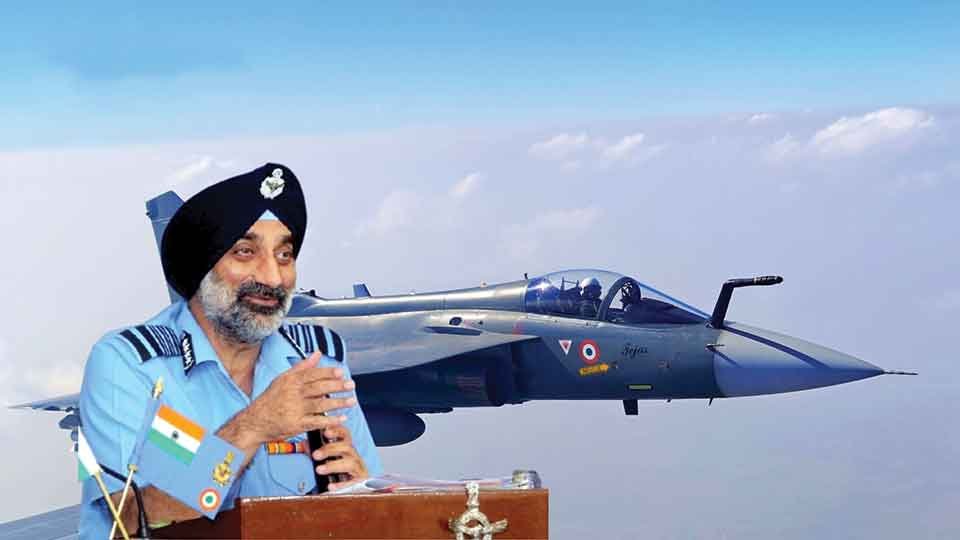
Looking ahead, the IAF is building sustainable MDO capabilities through a Whole-of-Nation approach, integrating technology, industry, and human capital to maintain strategic resilience. Artificial Intelligence is now embedded across operational planning, fleet readiness, predictive maintenance and pilot training. Swarm drone technology and the Combat Air Teaming System (CATS) are being inducted to complement manned platforms, delivering coordinated, and high-impact effects.
Training and education have been reimagined to ensure personnel are ready for these challenges. Officers and airmen are exposed to AI, unmanned systems, cyber and space operations and integrated joint exercises like Exercises in the Integrated Theatre Area (ITA), fostering synergy with other services and agencies. I feel that the IAF is equipping its people with adequate knowledge, skills and adaptability to operate decisively in a technology-driven, multi-domain battlespace.
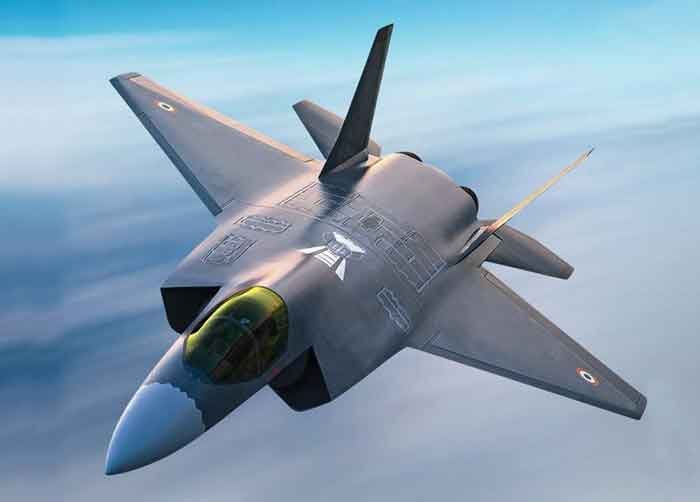
RA: Since Pakistan is likely to get J-31 Stealth jet from China, do you think that IAF should go for fifth generation fighter as an interim measure before the AMCA is ready or it should leapfrog straight to a 6th Gen ready or 6th Gen fighter jet?
APS: In the current geopolitical environment, self-sufficiency is not just desirable, it is imperative. While all options are being evaluated, the long-term solution lies in developing indigenous capabilities that ensure strategic independence. This approach allows us to maintain operational readiness today while building a resilient aerospace ecosystem for tomorrow.
Therefore, the IAF is actively progressing with the indigenous Advanced Medium Combat Aircraft (AMCA), with prototype and flight milestones planned through 2034. AMCA is being developed through a public-private partnership, maximising Indian industry participation, technology transfer and in-house sustainment. I am very excited for the outcome of this novel and maiden approach.
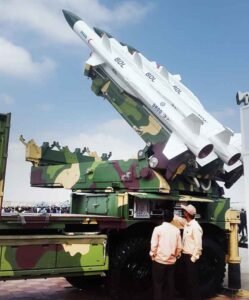
I see the transition from 5th to 6th generation platforms as an evolutionary progression rather than a disruptive leap. 5th generation technologies including stealth, sensor fusion, networked warfare, and information dominance, and form the essential bedrock upon which 6th generation capabilities, such as greater autonomy, AI integration, and man–unmanned teaming, will be built. So you see, mastery of the 5th generation systems ensures a smooth progression to next-generation platforms.
Towards this, acquisition of mature 5th Gen fighters will definitely strengthen the IAF and provide critical technical offshoots to our
domestic industry.

